Hello and welcome to the InGeneral Science !!!
Today, we’re going to be talking about the science behind spicy foods.
Have you ever wondered why some foods are spicy, while others aren’t? It all has to do with a chemical called capsaicin, which is found in plants in the Capsicum family – including chilli peppers.
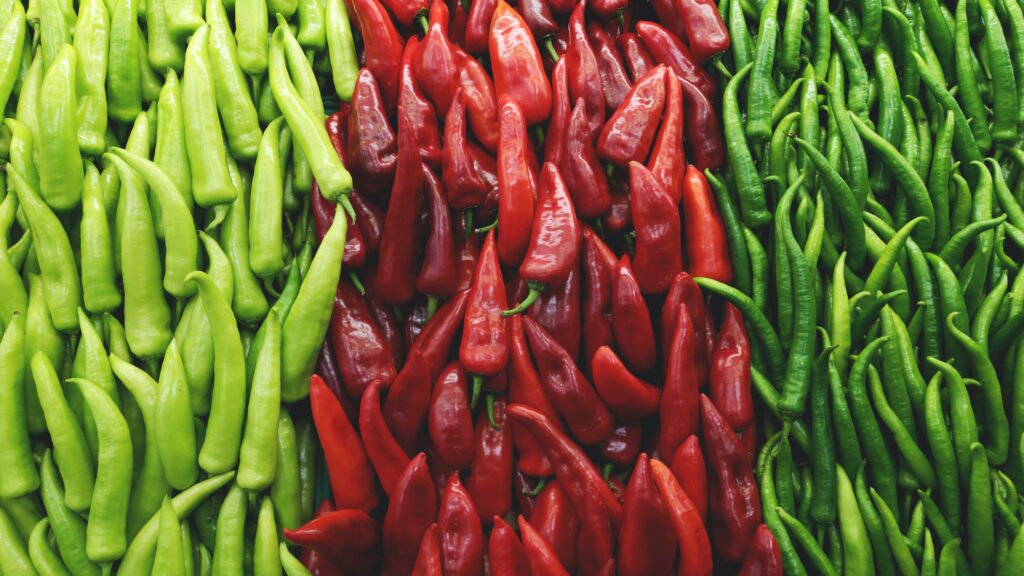
Capsaicin is what gives chilli peppers their distinctive heat and spiciness. It’s found in the white membranes that contain the seeds of the pepper, and it’s also what makes peppers feel hot to the touch.
When capsaicin comes into contact with our taste buds, it activates a nerve called the TRPV1 receptor, which detects heat and pain. This is why spicy foods can taste hot and make your mouth feel like it’s on fire.
But capsaicin also has other effects on the body. It can stimulate the release of endorphins, which are chemicals that can improve mood and reduce pain. This is why some people enjoy the feeling of eating spicy foods, even though it can be painful. In fact, there’s a phenomenon known as “chilihead” culture, where people compete to see who can eat the spiciest foods and handle the most heat.
But it’s not just a matter of personal preference – there are also some potential health benefits to eating spicy foods. It’s been shown that capsaicin can help with weight loss by increasing metabolism and burning calories. It can also improve digestion and reduce the risk of certain types of cancer, such as stomach cancer.
But it’s important to note that while capsaicin can have these benefits, it’s also possible to have too much of a good thing. Consuming extremely spicy foods can lead to stomach irritation and heartburn, and it’s not recommended for people with certain medical conditions such as ulcers or acid reflux.
So how do we measure the spiciness of a pepper? That’s where the Scoville scale comes in. The Scoville scale measures the concentration of capsaicin in a pepper, and it’s named after the chemist who developed it, Wilbur Scoville.
The Scoville scale ranges from 0 (for a pepper that has no capsaicin at all) to over 2 million (for the spiciest peppers). To give you an idea of how the scale works, here are a few examples of common peppers and where they fall on the Scoville scale:
- Bell peppers: 0 Scoville units
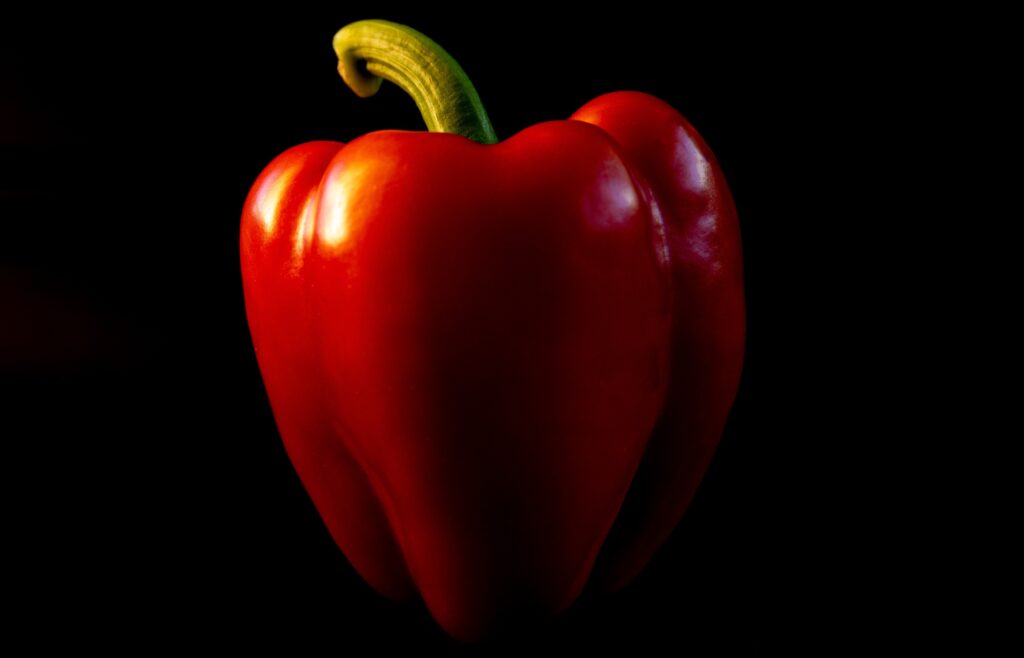
- Poblano peppers: 1,000-2,000 Scoville units
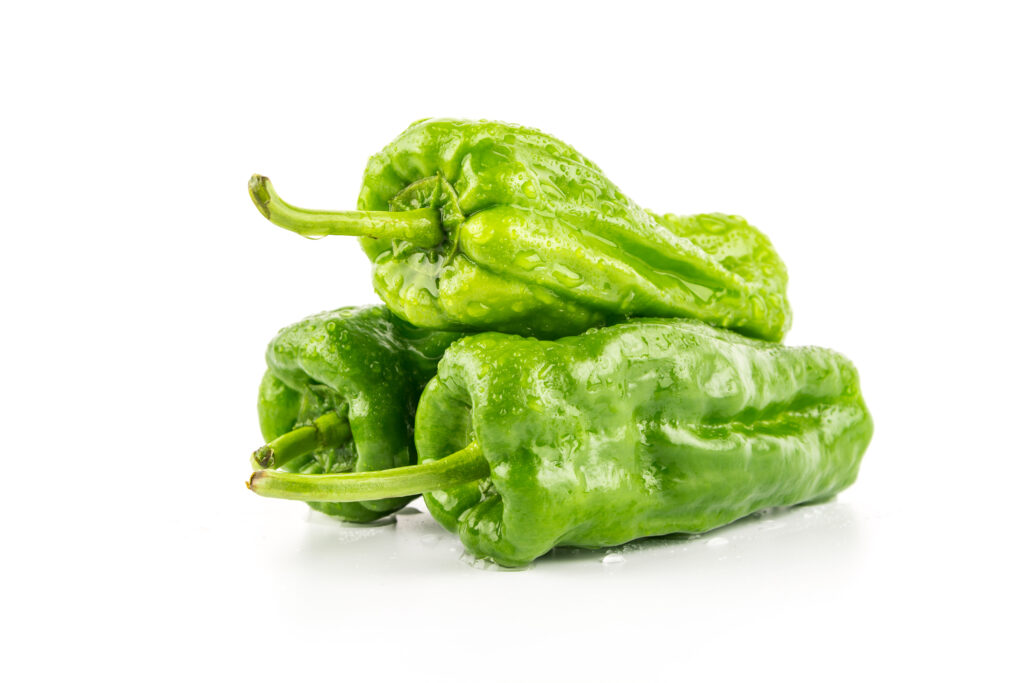
- Jalapeno peppers: 2,500-8,000 Scoville units
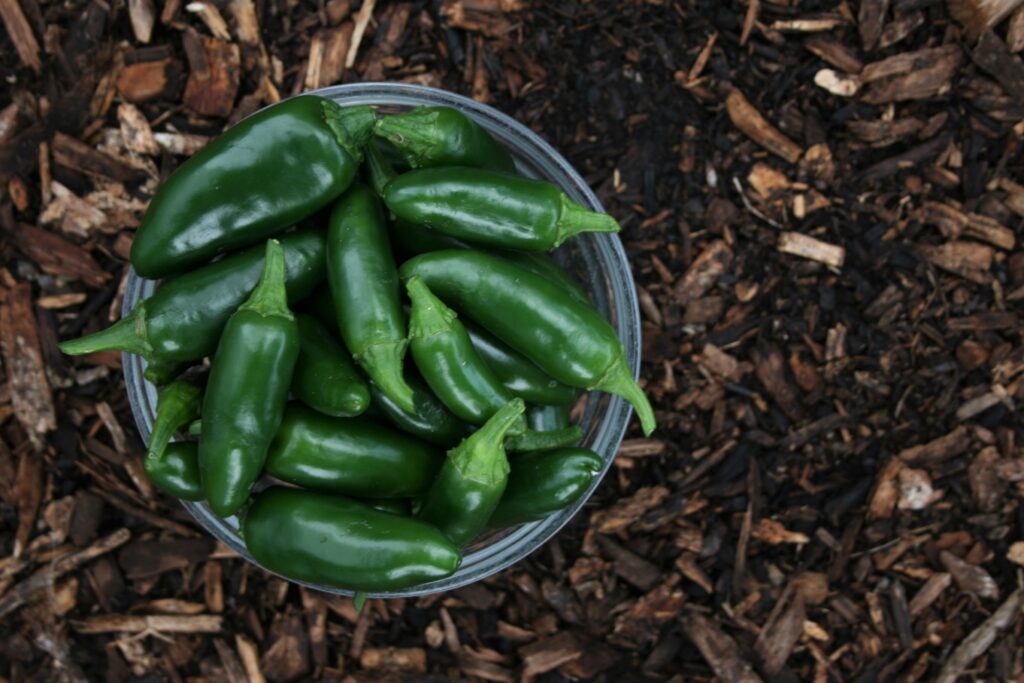
- Habanero peppers: 100,000-350,000 Scoville units
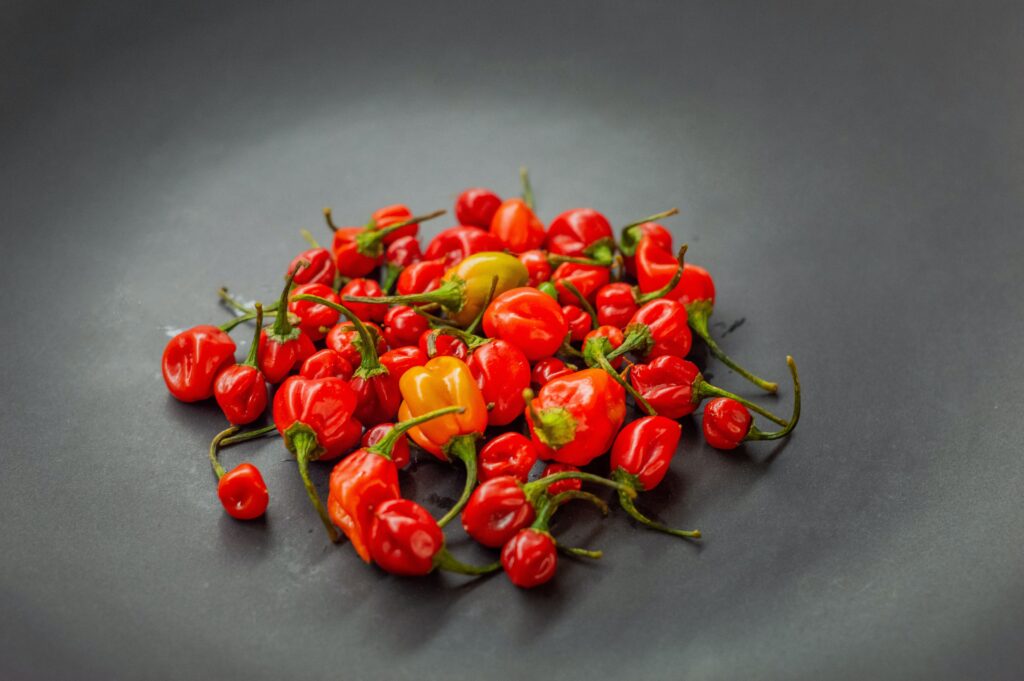
- Ghost peppers (also known as Bhut Jolokia): 855,000-1,041,427 Scoville units

As you can see, there’s a big difference in the spiciness of these peppers, and it all has to do with the amount of capsaicin they contain.
So next time you reach for that bottle of hot sauce or order a spicy dish at a restaurant, remember there’s more to it than just the heat. The science behind spicy foods is a fascinating one, and it’s just one example of how the chemistry of our food can have a big impact on our bodies.
Thanks for watching! Don’t forget to like and subscribe to our Youtube channel for more science content.
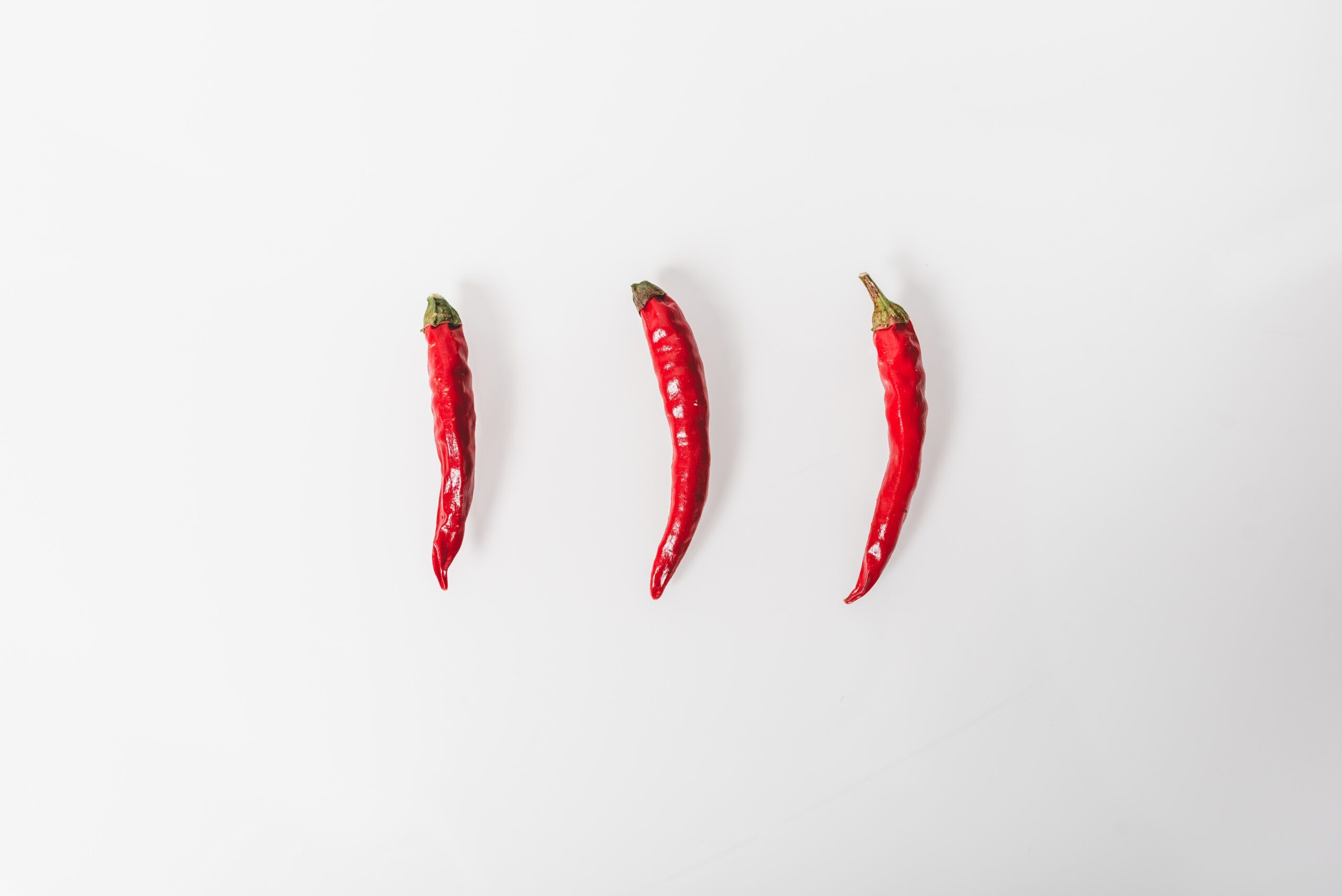
Leave a Reply